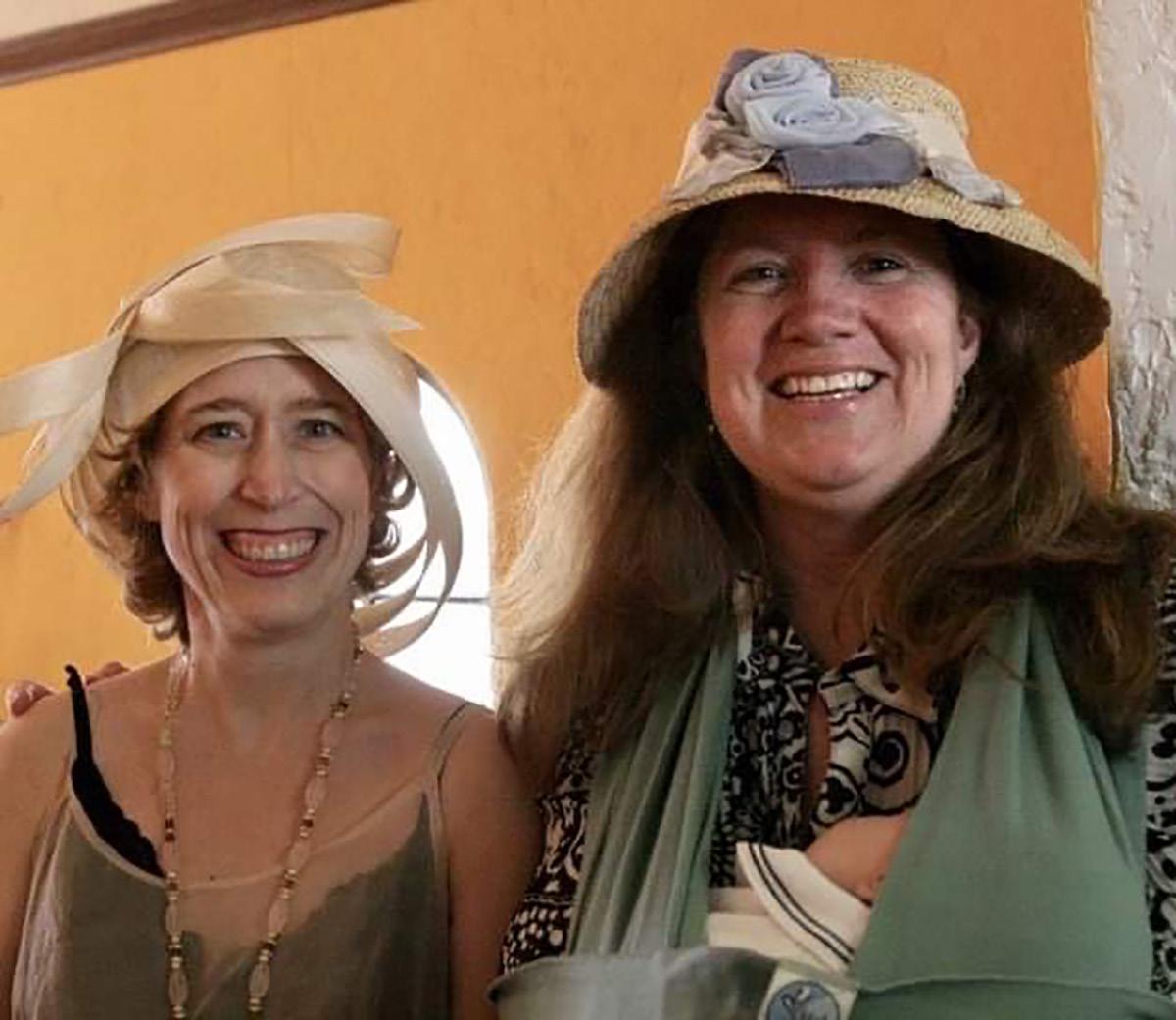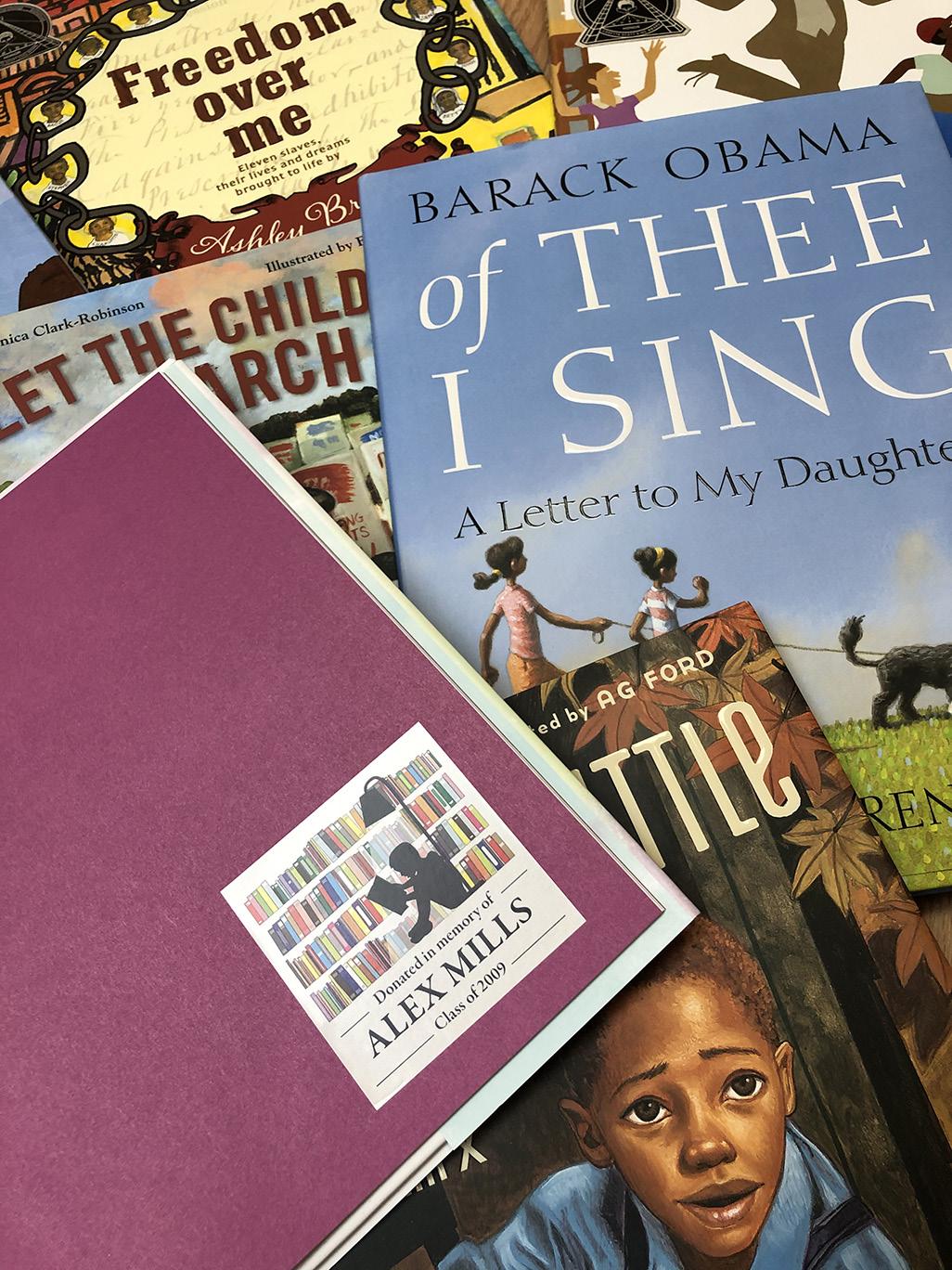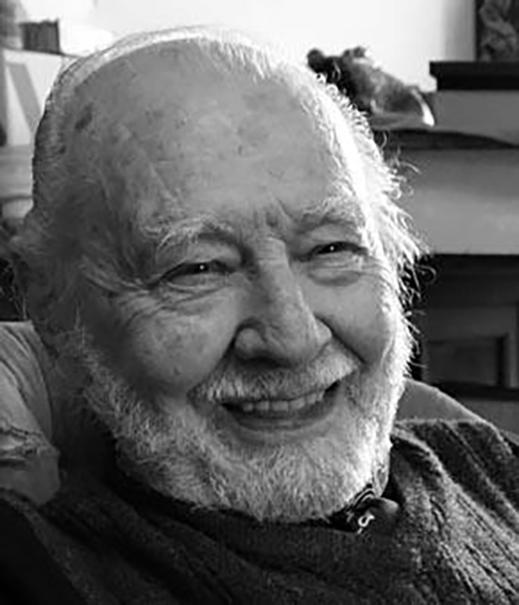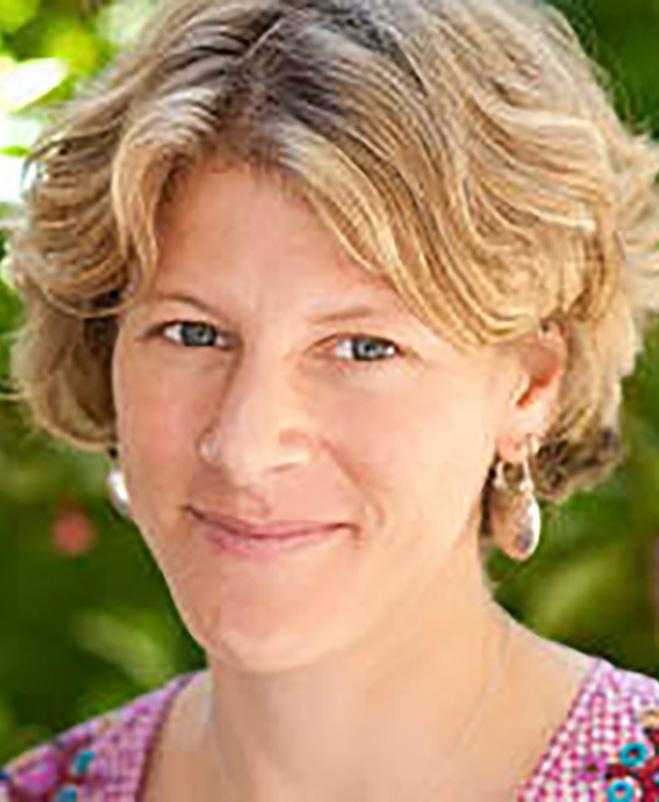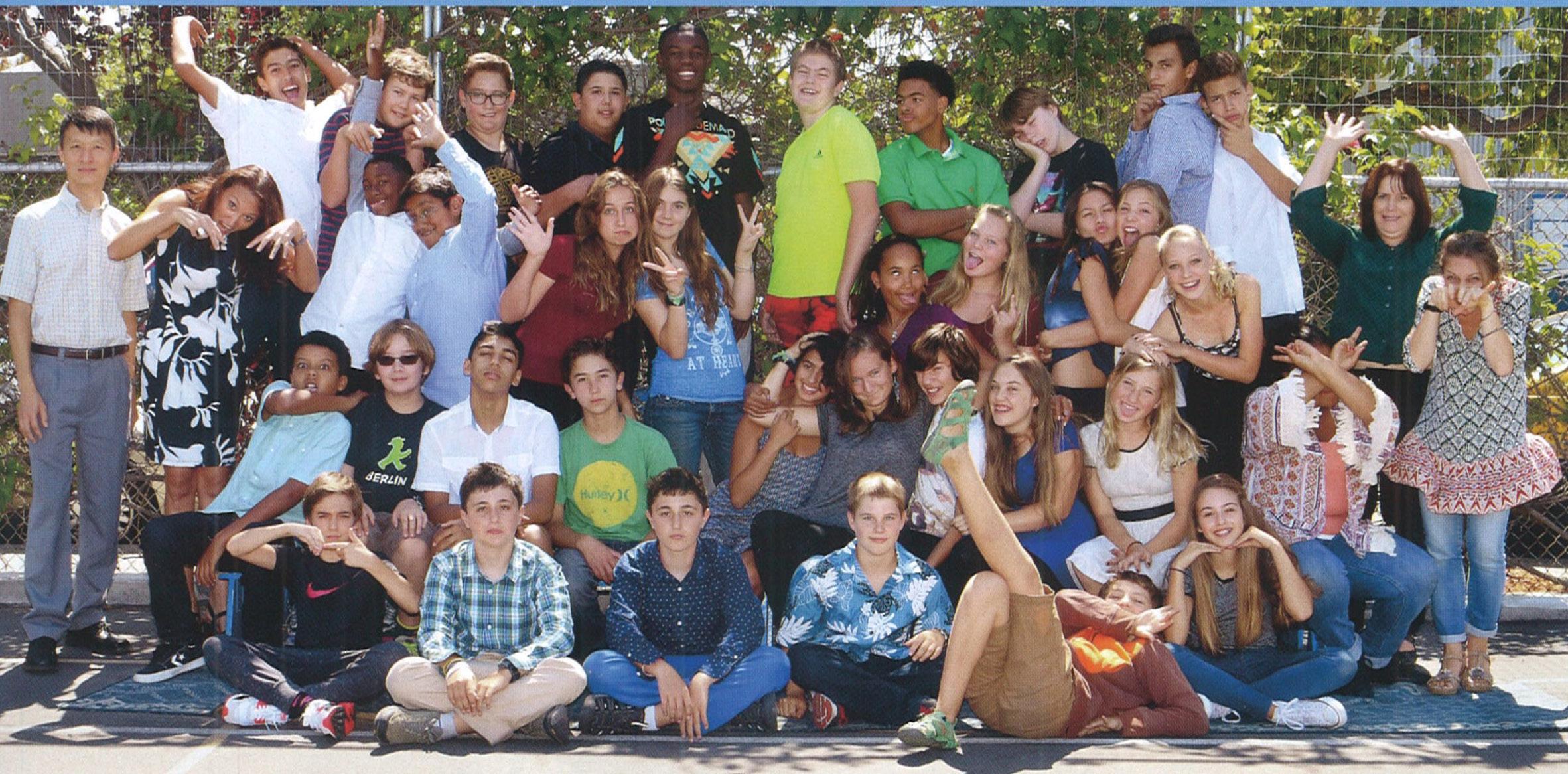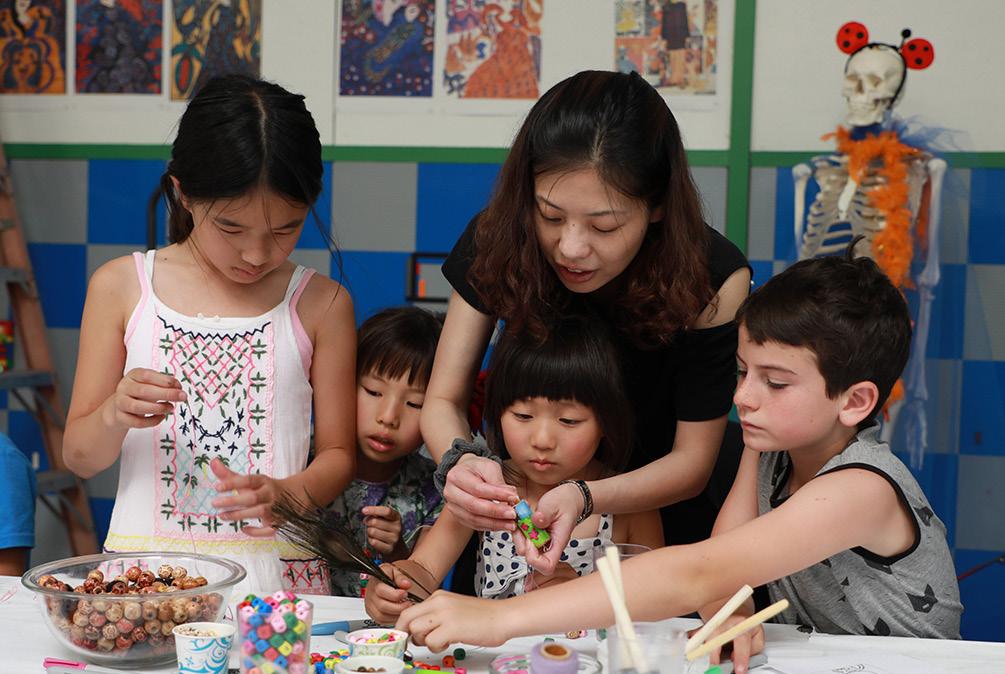
10 minute read
Highlights from the Year
Distance Learning Program
Last spring, we saw an incredible shift in the way we instruct students at EB. No one could have predicted the immense impact that the pandemic would have on our instructional model. “Normal” in-person learning was disrupted. But, that didn’t mean that EB education came to a halt. Academic staff and faculty worked diligently to craft learning that successfully blended online and off-screen opportunities while adhering to the promise of individualized learning. Due to the transition to distance learning, EB teachers had to turn to a variety of technological tools to facilitate learning while students were at home. In the academic remote setting, educational technology was absolutely necessary to provide a continuity of learning. One major challenge was maintaining “regular” classroom time and a sense of connectedness between teachers and students. Zoom, the now ubiquitous web conferencing platform, gave students an opportunity to participate in live classroom sessions with their teachers and classmates which promoted community building, oral language practice, small and large group direct instruction, and office hours for answering questions. EB teachers had to evolve their use of Zoom for instruction over the course of the spring semester: they sought to balance live Zoom sessions with other asynchronous learning modalities depending on the age and needs of the students.
To better address unbridled screen time and to offer more flexible scheduling for assignments, teachers began to implement SeeSaw. SeeSaw, a digital portfolio, allowed for enriching, interactive asynchronous learning where teachers could post assigned activities, while students could use a variety of tools (audio, video, photos of paper/pencil work, drawing tools, etc.) to demonstrate their learning. Teachers were able to offer lessons by video, so that students could complete assignments during their free time based on their household schedule. Teachers could also give feedback by editing assignments or leaving comments in text or audio form. The variety of audio and video tools allowed the faculty to continue to develop oral language skills in French. Jean-Phillipe Filhol, a beloved teacher in G2, used the platform to share video recordings of himself reading French stories. Head of Lower School Sébastien Robert and English Curriculum Coordinator Maggie Schoon teamed up to bolster support for non-French speaking families, by creating several Défis français, or French challenges. Using weekly themes, like Pirate Week, they used Seesaw to help families set up objectives to speak in French, which were simultaneously fun and educational. Marion Tobie, a G4 teacher, said “In these moments of isolation, one of our objectives was to create a connection between the students and organized activities that would allow us to enjoy ourselves.” She combined her in-class online tools, like Seesaw and Zoom, as well as other online platforms, to make learning French fun! In May, her students participated in a Getty Art challenge, in which everyone had to recreate an art piece, while incorporating a French writing portion. It was a pretty successful endeavor, so much so, that one student saw their art recreation retweeted by the Getty Art Museum! Like SeeSaw for the younger grades, Google Classroom served as our student portal for grades 5–8. With this tool, already in use at the Middle School, teachers provided assignments, students submitted work, and received feedback quickly and effectively. In addition, students were able to build their typing skills simultaneously since many of their assignments are submitted using Google Docs. The volume of reading at the “just right” level is one of the greatest factors in reading achievement. Luckily, teachers were able to assign students books through RAZ Kids, an application where students have access to leveled books in French and English, as well as other languages. Teachers used assessment data through RAZ Kids to determine the appropriate reading levels for each student. Students were able to read fiction and non-fiction books and then take quizzes on those books to assess comprehension. Through the application, teachers could hear students record themselves, which was helpful in assessing their progress. Epic, another source for digital books, offered an amazing collection of nonfiction
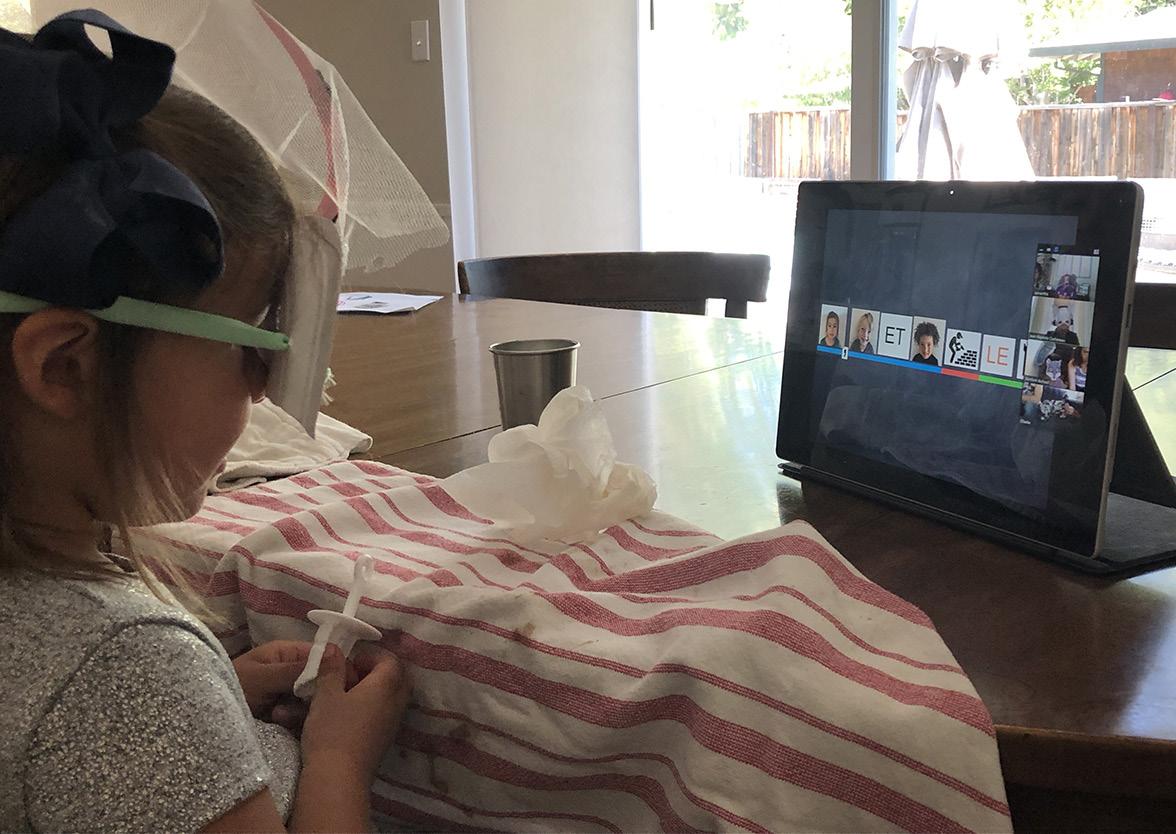
books that included high-quality books with beautiful imagery covering almost any topic of interest. With public libraries closed, Epic provided a wonderful variety to supplement the books parents had at home and nurture a child’s curiosity. In math, EB students between first and fifth grade used an Anglophone mathematics-based program website called Zearn, which is based on the American program standards in math. It aligns well with EB’s bilingual math program that is inspired by the Singaporian curriculum. Zearn focuses on units of study to gain mastery, uses a concrete-pictorial-abstract philosophy, and incorporates mathematical models such as number bonds and bar models. Students used math manipulatives to explore conceptual knowledge with different strategies. Research shows that math manipulatives online are just as powerful as realobject manipulatives and activate the same part of a child’s brain.
Distance Learning was by no means perfect, and it was a constant work in progress, a series of trial and errors, small adjustments based on feedback, and figuring out what worked best in this new format. Every child learns differently, and online learning proved no exception. We salute our teachers who, through their commitment and creativity, were able to continue delivering quality instruction in a format unheard of before a few months ago. Our community at EB is resilient. Teachers, staff, parents, and students have been able to adapt and continue to learn, despite the changing conditions of our society. We might not know what the future holds, but we are sure that we can face it together.
Diversity, Equity, and Inclusion
This last year has presented us with many challenges, and at the same time, many channels of opportunities have opened. We have learned to deeply empathize with our children’s teachers, figured out how to work from home, and discovered the best times to go to the supermarket! Many of us are also learning more about how to be in solidarity with Black people in deeper and more meaningful ways. EB continuously strives to be a community where all students, faculty, staff and parents feel happy, safe, and recognized. A school community that is diverse and inclusive. Those goals are deeply embedded in our mission, vision, and values. Every day, our teachers bring these values to life in the classroom and we see this especially present in our social-emotional learning (SEL) programs, which focus on mindfulness, restorative justice, and social justice issues. In January, the theme was “Power of Words.” Students learned that their words have power and can have a harmful impact on others, but they can also be used to empower themselves and others. They discussed how words can either divide or build bridges. They practiced empathy and how to apologize meaningfully. During the month of February, Black History Month, students learned about Black scientists and inventors while also exploring and celebrating their own sense of racial identity. Our Diversity Counselor, Carla Maia, and SEL coach, Christopher Colebourn, collaborate together to ensure that they provide meaningful programming to students so they understand and build on inclusion and equity. Two years ago, the Parents’ Association (PA) established the role of the Diversity, Equity, and Inclusion (DEI) chair. This volunteer role within the PA Board is charged with reflecting on, including, and fostering the rich diversity within the school community, the local community, the nation and the world. As reflected in EB’s core value of “Unity,” a diverse, equitable, and inclusive community seeks not only to acknowledge differences but to embrace them. As such, the community endeavors to understand how our differences shape our experiences in the world, in order to build healthy relationships and community. In January, Carol Swainson, recognized for her highly accredited work in diversity by the National Association for Independent School’s (NAIS) People of Color Conference, was invited by the PA to EB to lead a workshop, “How to Talk to Children about Race.” She provided participants with experiences, practice, resources, and tools to navigate conversations about race with their children. Participants also gained an understanding of the historical and psychological factors that make it difficult to engage in this critical discourse.
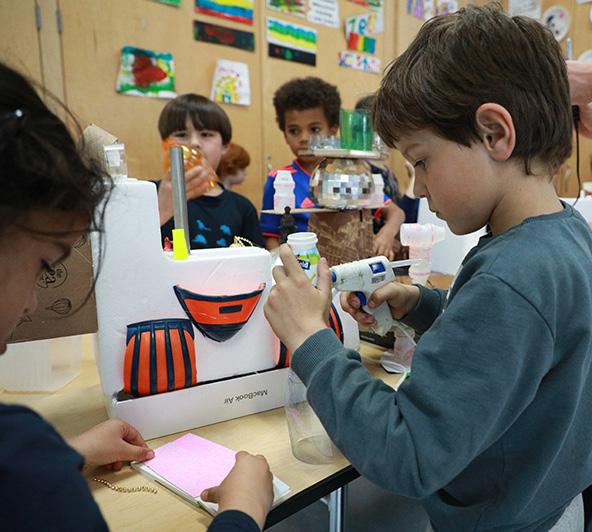

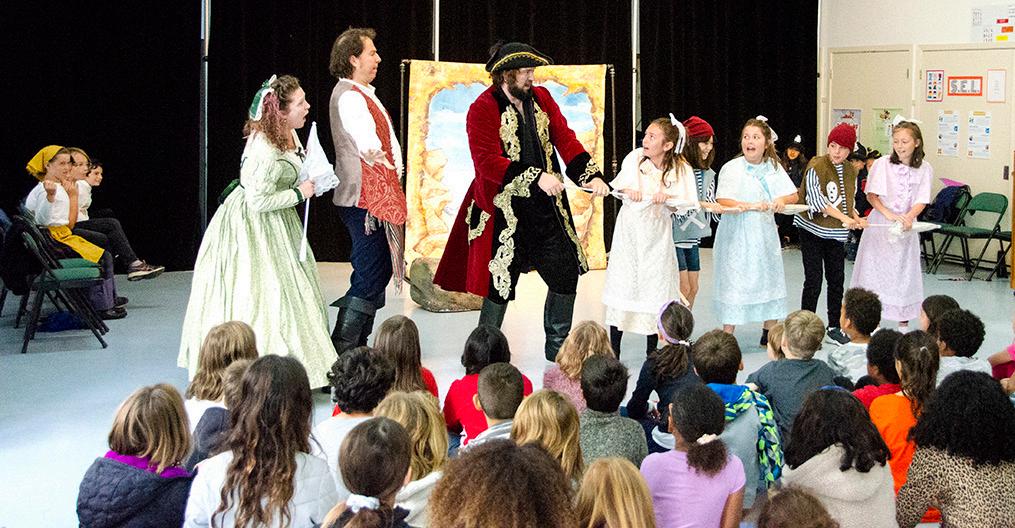
Highlights from the Year
In July, the current DEI chair, Laura Guevara, invited students and families to use their artistic talents to show solidarity with the BLM movement. Over 21 families participated and created posters and portraits expressing their ideals and support for Black lives, while dismantling some of our culture’s most damaging racist ideas. Around the same time, Will Hammond led an informal discussion with some of our Black and POC families, to create a safe space for these families to share their thoughts and experiences. Kids also had a chance to learn about how they can make a positive difference in their city. One of our EB students led a workshop on how to engage in civic matters, knowing that most EB students cannot vote yet. They learned about different levels of government and what each one is responsible for, how to find their local representatives, and how to write and address effective letters.
EB seeks to interact with respect and kindness with everyone in the community and beyond. The school is committed to recognizing and valuing the contributions of all people, and to approach activities, programming, and messaging with mindfulness in terms of respecting and appreciating differences.
Ramzi Adek
At the end of January 2020, French pop artist Ramzi Adek came to EB as part of our artist-in-residence program. This program invites artists from France or Francophone countries to visit EB and spend time directly with our students—teaching them about their art form and encouraging them to think about art in new ways. Our fifth, sixth and seventh grade students were thrilled to spend time with Ramzi, a well-known graffiti and pop artist. They learned about the emerging French pop art genre and modern art, and worked on the unconventional use of varying paint media and tools. For almost two weeks, Ramzi Adek led a workshop with the fifth graders to create a mural on the basketball court representing the school’s mascot, the EB Jaguar. Sixth and seventh graders created Ramziinspired art by customizing shoes or jackets using spray paint and markers. Ramzi Adek grew up in Aix-en-Provence, in the south of France, where he was first introduced to the visual arts by his aunt and uncle. Feeling inspired as a teenager, he moved to Paris and his passion for drawing turned into one for street art, influenced by American culture and pop culture icons of the 80’s and 90’s, like Sesame Street and the Simpsons. As his art developed, he turned to music production, where his success as a DJ and promoter led him to establish his own record labels, which helped nourish his current artistic focus of pop art and painting. While using mixed techniques of spray, acrylic and oil painting, he uses vibrant colors to interpret animated popular characters, like Mickey Mouse, bringing the viewer into his playful and mysterious world, while challenging the viewer on the allegory of the human condition. Ramzi’s visit was an enriching experience for all and a reminder of our wonderful, long-running artist-in-residence program, which aims to expose students to French and Francophone culture. Teaching through the arts can present difficult concepts visually, making them easier to understand. Head of Lower School Sébastien Robert adds, “Art is invaluable in that it strengthens children’s critical thinking and connects them to a larger art world.” Art instruction helps children with the development of motor skills, language skills, social skills, decision-making, risk-taking, and creativity. Ramzi Adek has one wish, “what I hope is to inspire students to make art, and

why not, to become artists themselves!”

